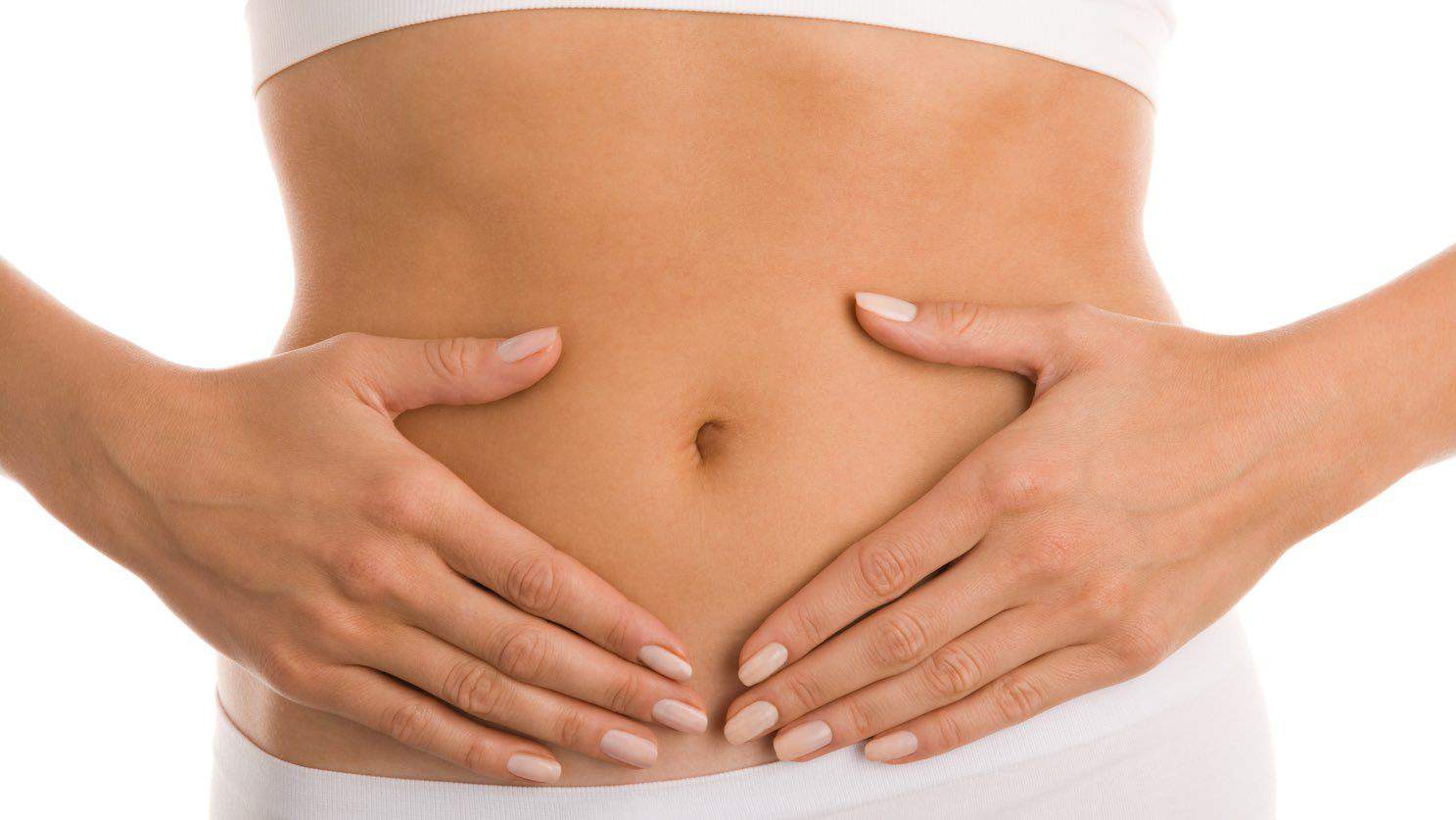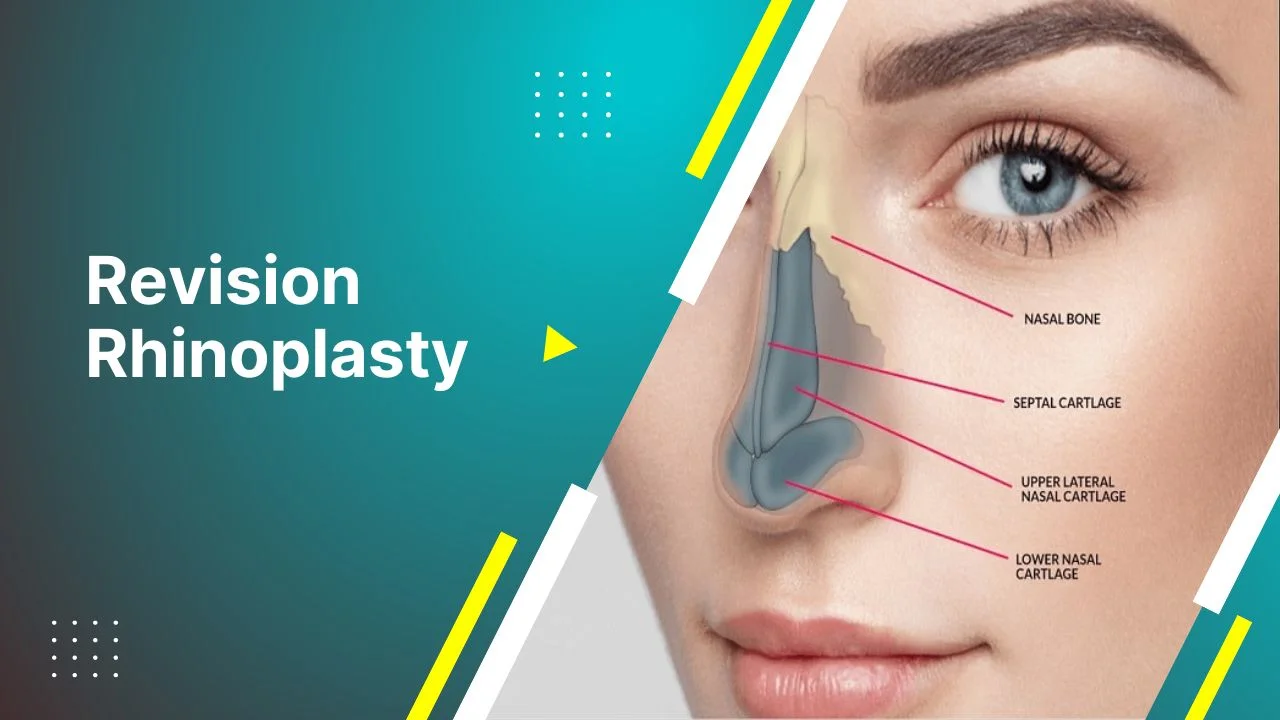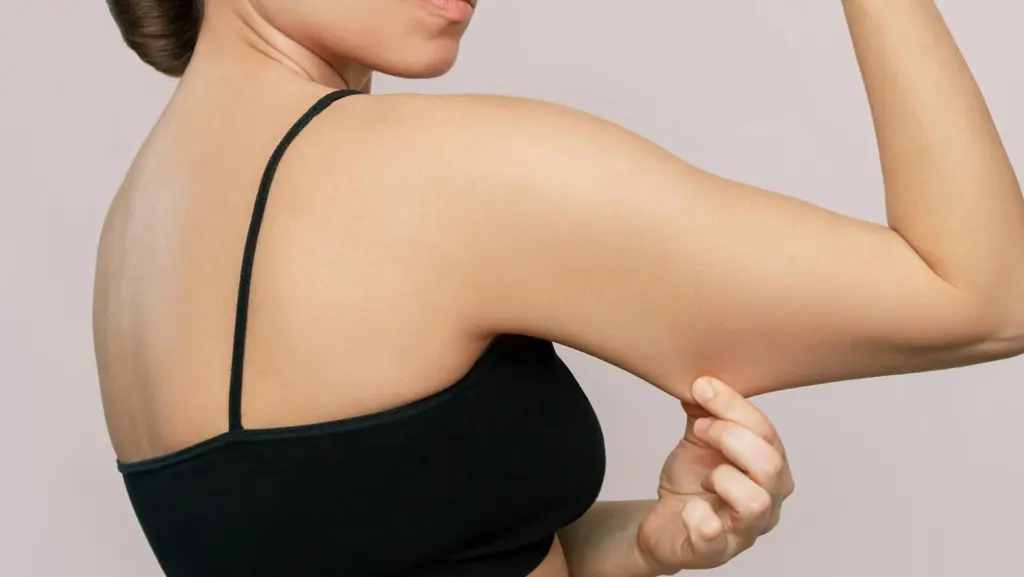A tummy tuck, or abdominoplasty, is a popular cosmetic surgery procedure aimed at achieving a flatter, toned abdomen. One of the most common concerns for patients considering this procedure is the appearance of the belly button after surgery. The belly button, often referred to as the “navel,” plays an important role in the overall aesthetic of the abdomen, and it’s natural to want it to look as good as the rest of your newly sculpted body. While the procedure can yield remarkable results in terms of tightening loose skin and removing excess fat, special care must be taken to ensure the belly button looks natural and well-positioned. In this blog, we’ll discuss how a tummy tuck affects the belly button, the techniques surgeons use to create a beautiful navel, and post-surgical tips to ensure your belly button looks great as part of your overall transformation. Whether you’re considering a tummy tuck or are recovering from one, understanding the process can help you achieve the best possible results.
What Happens to the Belly Button During a Tummy Tuck?
During a tummy tuck, the surgeon typically removes excess skin and fat from the abdominal area to create a smoother, firmer contour. The belly button, however, doesn’t just stay the same — it often needs to be repositioned or reconstructed to align with the new shape of the abdomen. In some cases, especially when a significant amount of skin is removed, the surgeon may make an incision around the belly button to free it from the surrounding tissue, then reposition it higher or lower depending on the desired outcome. The goal is to ensure the belly button looks natural and complements the new contours of the abdomen. In some tummy tuck procedures, particularly full or extended tummy tucks, the belly button may be re-created entirely to achieve a more youthful or aesthetically pleasing appearance. While the surgery improves the overall shape of the abdomen, it’s essential that the belly button retains a natural, subtle look — avoiding a “pulled” or “overdone” appearance. Careful attention to this detail helps ensure that the final result is a balanced and attractive outcome.
What Makes a Weird-Looking Belly Button?
A weird-looking belly button can result from a variety of factors, ranging from genetics to surgical alterations. One of the most common causes is an “outie” belly button, which can occur when the umbilical cord is not fully reabsorbed after birth, causing a small protrusion. In some cases, a belly button may appear unusually deep or shallow due to differences in the way the abdominal muscles and skin heal after birth or weight fluctuations. Additionally, a belly button that looks misshapen or asymmetrical can be the result of poor healing after surgery, such as a tummy tuck, where the navel may become too wide, uneven, or scarred. Infections or complications from piercings can also alter the appearance of the belly button, causing it to become inflamed, discolored, or irregular. Lastly, genetic factors play a role in the shape and size of the belly button, with some people naturally having deeper, smaller, or more pronounced navels. Whether it’s due to natural variation or surgical outcomes, a “weird-looking” belly button typically refers to one that deviates from the conventional, symmetrical shape that is often considered aesthetically pleasing.
How to Get a Pretty Belly Button After a Tummy Tuck
Achieving a pretty belly button after a tummy tuck involves a combination of careful surgical techniques and proper post-surgical care. Here are some key factors to consider:
Choose an Experienced Surgeon: One of the most important aspects of ensuring a pretty belly button post-tummy tuck is selecting a skilled and experienced surgeon. A board-certified plastic surgeon with expertise in abdominoplasty will have the knowledge and precision needed to create a natural-looking, aesthetically pleasing belly button. They will carefully consider factors such as your body shape, skin elasticity, and overall abdomen structure to create a navel that complements your new contour.
Surgical Techniques Matter: During a tummy tuck, the surgeon may need to reposition your belly button to align it with your new, flatter abdomen. In some cases, a new belly button may be created entirely. Techniques like ensuring the belly button is placed at the right height, ensuring symmetry, and maintaining a natural shape (avoiding an overly tight or pulled look) all play a role in achieving a pretty belly button.
Follow Post-Surgical Care Instructions: After a tummy tuck, it’s essential to follow your surgeon’s aftercare instructions carefully. This includes keeping the area clean, avoiding pressure on the belly button, and staying diligent with scar care to minimize visible scarring around the navel. Proper healing ensures that your belly button retains its shape and doesn’t become distorted due to complications or improper care.
Massage and Skin Care: Once your tummy tuck incision has healed, gentle belly button massage can help soften scar tissue and improve its appearance. Using products like silicone sheets or scar gels can also help reduce scarring around the belly button area. The skin around the belly button should also be kept moisturized to maintain elasticity and avoid any tightness that could affect the appearance of the navel.
Patience is Key: Healing takes time, and the final appearance of your belly button may not be fully realized for several months as swelling subsides and scars fade. Be patient and give your body the time it needs to recover.
With the right surgical approach and diligent aftercare, you can achieve a pretty, natural-looking belly button that enhances






